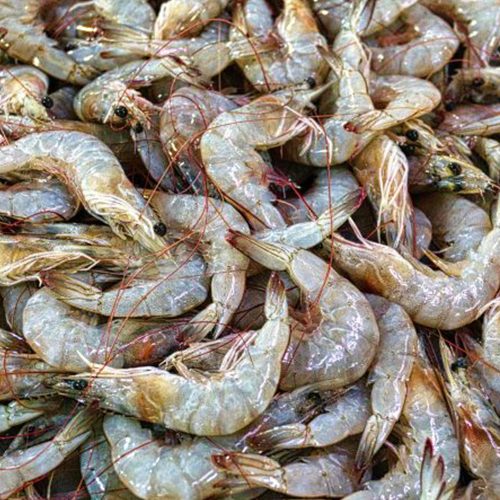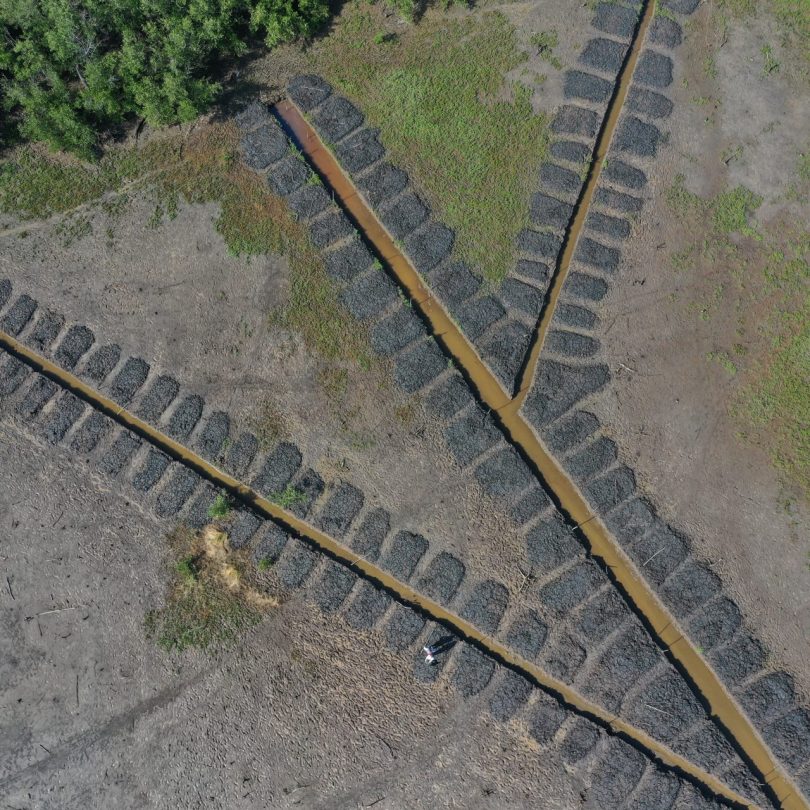Mangroves are some of the most carbon rich habitats in the world, yet according to Global Mangrove Watch, from 1996 – 2020 a total of 524,524 ha of mangroves were destroyed worldwide. The restoration of mangrove systems yields many other co-benefits including biodiversity uplift, coastal protection against storm damage and erosion, and improvements in fisheries and coastal water quality. There is significant opportunity therefore in investing in their restoration, and as a result blue carbon credits from mangrove restoration projects are in high demand.
rePLANET has extensive expertise in mangrove ecology and restoration, and so blue carbon is one of our main areas of focus. We take a dual approach to the design of these projects by combining the restoration of natural hydrological function with targeted planting of mangrove trees, to maximise the rate of long-term success.


